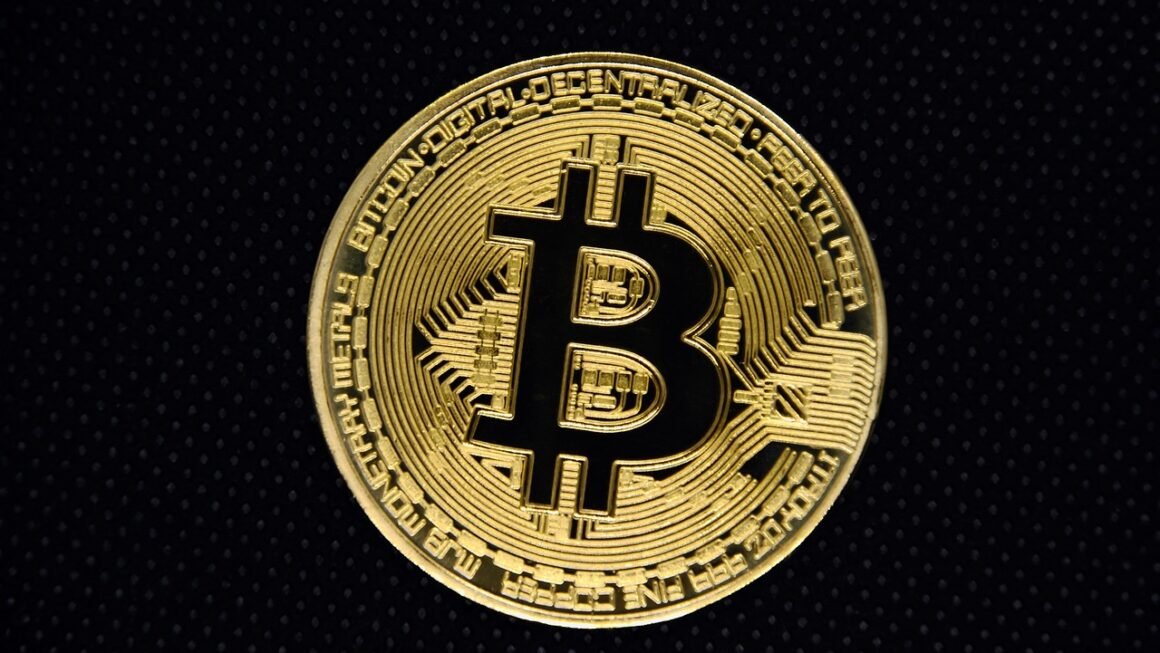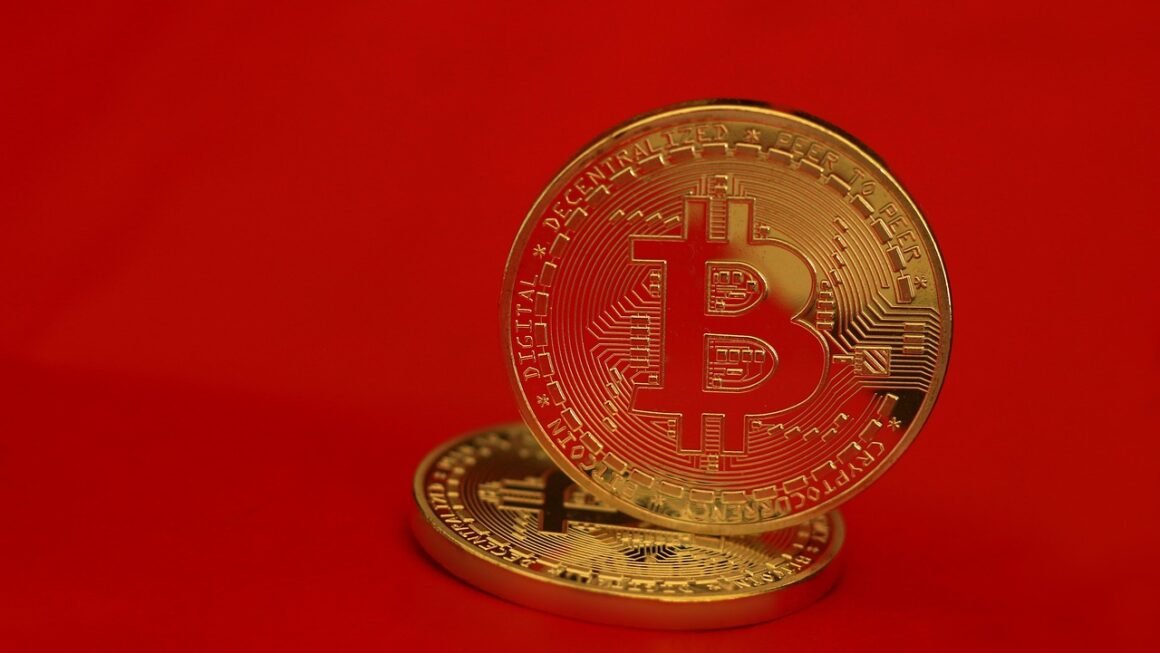Decentralized finance (DeFi) has revolutionized traditional finance, offering innovative ways to trade, lend, and earn interest on digital assets. At the heart of many DeFi applications lies a crucial mechanism: the liquidity pool. These pools are the engines that power decentralized exchanges (DEXs) and other DeFi protocols, enabling seamless trading and providing opportunities for users to earn rewards. Let’s dive deep into the world of liquidity pools and explore how they work, their benefits, and how you can participate.
What is a Liquidity Pool?
Definition and Purpose
A liquidity pool is essentially a collection of tokens locked in a smart contract. These tokens are provided by users, often referred to as liquidity providers (LPs), who contribute an equal value of two or more tokens to the pool. The primary purpose of a liquidity pool is to facilitate trading on decentralized exchanges (DEXs) without relying on traditional order books.
How Liquidity Pools Work
Instead of matching buy and sell orders, DEXs that utilize liquidity pools use an automated market maker (AMM) algorithm. The AMM determines the price of assets based on the ratio of tokens within the pool. For example, in a pool containing ETH and DAI, if there is more ETH than DAI, the price of ETH relative to DAI will decrease, encouraging traders to buy ETH and balance the pool. The most common formula used by AMMs is: x y = k, where x and y represent the quantity of the two tokens in the pool, and k is a constant.
- Liquidity pools eliminate the need for order books and market makers.
- They facilitate instant trading of tokens.
- Prices are determined algorithmically, based on supply and demand within the pool.
Example: ETH/DAI Liquidity Pool
Consider a liquidity pool containing ETH and DAI. Suppose the pool contains 10 ETH and 20,000 DAI. According to the x y = k formula, k = 10 20,000 = 200,000. If someone wants to buy 1 ETH, the pool needs to maintain the constant k. So, after the trade, the pool will have 9 ETH. To find the new DAI amount, we solve for y: 9 y = 200,000, so y = approximately 22,222 DAI. This means the user needs to pay approximately 2,222 DAI for 1 ETH. This price adjustment reflects the change in the pool’s token ratio.
Benefits of Liquidity Pools
Advantages for Traders
Liquidity pools offer several benefits for traders using DEXs:
- Reduced Slippage: Pools with high liquidity minimize price slippage, ensuring traders get closer to the expected price.
- 24/7 Availability: DEXs operate continuously, allowing trading at any time.
- Permissionless Trading: Anyone can trade on a DEX without needing to register or undergo KYC.
Benefits for Liquidity Providers
Liquidity providers are rewarded for their contribution to the pool:
- Earning Trading Fees: LPs earn a portion of the trading fees generated by the pool. These fees are typically proportional to their share of the pool’s total liquidity.
- Yield Farming Opportunities: Many DeFi protocols offer additional rewards (such as their native tokens) to LPs, incentivizing them to provide liquidity.
- Passive Income: Providing liquidity can be a source of passive income as the pool generates trading fees.
Example: Earning Trading Fees
Let’s say you provide $10,000 worth of liquidity to a pool with a total value of $1,000,000. This means you own 1% of the pool. If the pool generates $1,000 in trading fees in a day, you would earn $10 (1% of $1,000). Additionally, some protocols may offer extra incentives, like their native token, on top of the trading fees.
Risks Associated with Liquidity Pools
Impermanent Loss
Impermanent loss is a significant risk for liquidity providers. It occurs when the price of one token in the pool changes relative to the other. This price divergence can lead to a decrease in the value of the LP’s holdings compared to simply holding the tokens outside the pool. The higher the price divergence, the greater the impermanent loss.
- Example: If you deposit ETH and DAI into a pool, and the price of ETH rises significantly, you may experience impermanent loss. This is because the AMM will sell some of your ETH to keep the pool balanced, and when you withdraw your funds, you might have less ETH than you initially deposited.
- Mitigation: Pools with correlated assets (e.g., stablecoins) tend to have lower impermanent loss.
Smart Contract Risk
Liquidity pools are based on smart contracts, which are susceptible to bugs and vulnerabilities. A flaw in the smart contract code could be exploited by hackers, leading to a loss of funds.
- Mitigation: Choose pools from reputable projects with audited smart contracts. Always do your own research (DYOR).
Regulatory Risks
The DeFi space is still evolving, and regulatory frameworks are not yet fully established. Changes in regulations could impact the legality and viability of liquidity pools.
- Mitigation: Stay informed about regulatory developments and consider the potential implications for your investments.
How to Participate in Liquidity Pools
Choosing a Pool
Selecting the right liquidity pool is crucial for maximizing returns and minimizing risks. Consider the following factors:
- Pool Size and Trading Volume: Larger pools with higher trading volume tend to have lower slippage and generate more trading fees.
- Asset Correlation: Pools with correlated assets (like stablecoins) can reduce impermanent loss.
- Project Reputation: Opt for pools from established and reputable DeFi projects with audited smart contracts.
- APY (Annual Percentage Yield): This provides an estimate of your potential earnings, but remember that APY can fluctuate.
Providing Liquidity
Here’s a step-by-step guide to providing liquidity:
Example: Providing Liquidity on Uniswap
Suppose you want to provide liquidity to the ETH/USDC pool on Uniswap. You would connect your MetaMask wallet to Uniswap, select the ETH/USDC pool, and deposit an equal value of ETH and USDC (e.g., $5,000 worth of ETH and $5,000 worth of USDC). Upon deposit, you’ll receive UNI-V2 LP tokens representing your share of the pool. These tokens can be staked to earn additional rewards, depending on the specific DeFi platform.
Liquidity Pool Strategies
Staking LP Tokens
After providing liquidity, you’ll typically receive LP tokens. These tokens represent your share of the pool and can often be staked in farms or other DeFi protocols to earn additional rewards.
- Benefit: Earn additional yield on top of the trading fees generated by the pool.
- Risk: Smart contract risk associated with the staking platform.
Diversification
Don’t put all your eggs in one basket. Diversify your liquidity provision across multiple pools to reduce the impact of impermanent loss and smart contract risks.
- Strategy: Allocate your funds to different pools with varying risk profiles and asset types.
Monitoring and Rebalancing
Actively monitor your liquidity pool positions and consider rebalancing your portfolio to minimize impermanent loss and maximize returns.
- Tools: Use portfolio trackers and DeFi analytics tools to monitor your positions and track impermanent loss.
Conclusion
Liquidity pools are a cornerstone of the decentralized finance ecosystem, enabling seamless trading and providing opportunities for users to earn rewards. Understanding how they work, their benefits, and the associated risks is crucial for anyone looking to participate in DeFi. By carefully selecting pools, managing risk, and staying informed about market developments, you can leverage liquidity pools to enhance your DeFi portfolio and contribute to the growth of this innovative financial landscape. Remember to always do your own research and understand the risks before participating in any liquidity pool.



